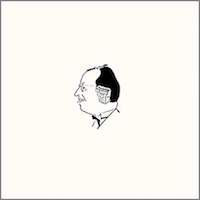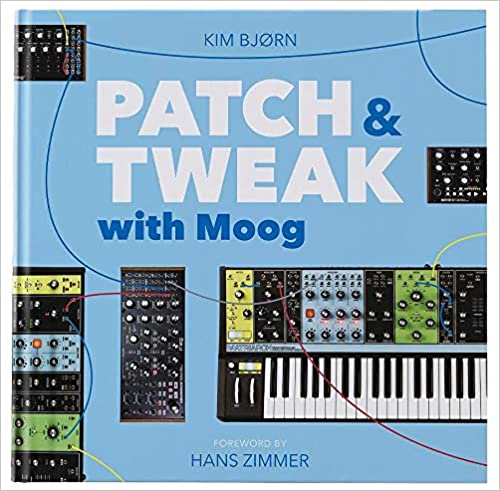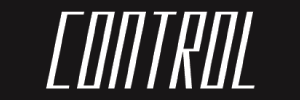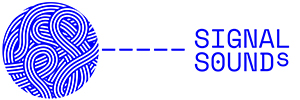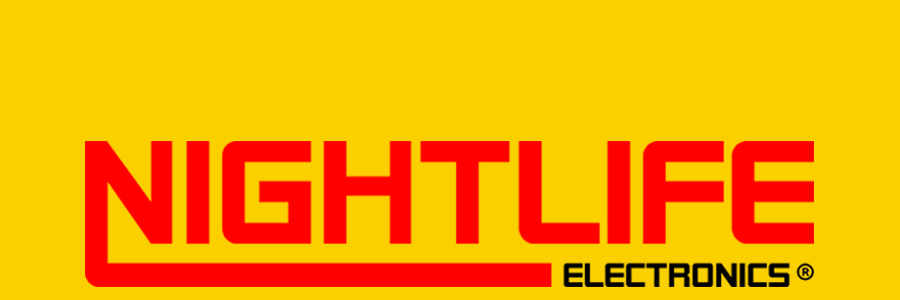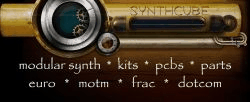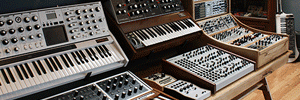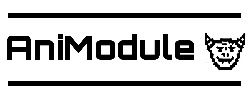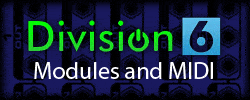


The following was sent in by Anastasia Chernysheva, a Ph.D. student at University of Illinois Urbana-Champaign.
"In 1979, Donald Buchla invited experimental composer and his friend, David Rosenboom to collaborate on the design of a new, keyboard instrument with digital sound generation and hybrid, computer-controlled, analog outputs. The result was the Touché, released in the spring of 1980.
Among particular traits of the instrument are:
• flexibility in use – highly programmable, (64 programmable function parameters available), Touché offers a library of “instrument” structures that could be stored as “presets”;
• responsiveness – a user of Touché would enjoy a broad ability to program multiple stimuli and response structures in performance;
• non-linear waveshaping – Touché permits to produce an enormous range of sound with efficient means of control, i.e. using a small number of knobs
The guiding idea of the instrument design was to optimize it for live performance. The hybrid, digital-analog nature of Touché assumes the following.
• On the digital side: a sound-generating engine produced a wide range of timbre of sound possibilities with non-linear wave shaping techniques.
• On the analog side: a programmable analog circuit called Multiple Arbitrary Function Generator (MARF) enabled extensive control of all sound synthesis parameters.
Rosenboom’s recordings Future Travel (1981) and Daytime Viewing (1983) offer extensive exposure to some particular sound worlds created with the Touché. Other than being used for these recordings and in the recent release by Richard Smith a.k.a. Shusta Cults, (the current owner of Rosenboom’s Touché), the instrument barely may be heard in any other recording. Only 4 instruments exist today but just one of them is in the functional condition.
To learn more about the history and design of the instrument check out the lecture about Buchla Touché given at University of Illinois (2022). Technical parameters of the instrument may be found in the brochure for the instrument. Download the PDF here."
Circuits and Fingers – Composer-Performer Convergence in Electronic Instrument Designs, Oct 5th
video upload by Illinois Music
"Guest lecture at EMS Forum: Circuits and Fingers – Composer-Performer Convergence in Electronic Instrument Designs, Oct 5th
With the director of Experimental Music Studios – Eli Fieldsteel.
Learn more: https://davidrosenboom.com/miller-res..."
Also see Brainwave Music with Buchla 200 at Western Front.













